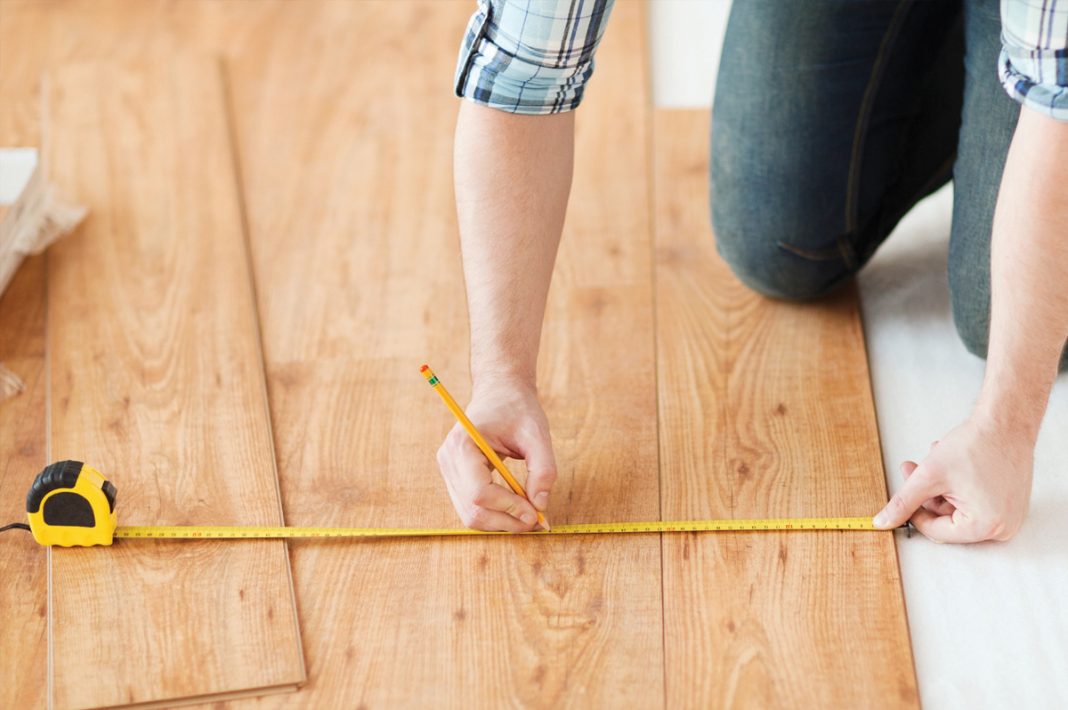By DAMIEN BERTHE
THE global flooring market is predicted to grow substantially over the next few years. It’s estimated that by 2026, the market for modular flooring will be worth USD72.5bn. [i] This is in comparison to estimates of USD38.8bn for traditional carpets and rugs. [ii]
Infrastructure projects in developed and developing countries are responsible for a large percentage of this growth, especially in relation to hardwearing vinyl flooring. This sector alone is expected to be worth USD41, 578.7m by 2028. [iii]
However, this isn’t the whole picture. More and more people are undertaking DIY and home refurbishment projects. They want to create the ideal home. A home that reflects their style and personality, from soft furnishings to flooring.
Growth in the vinyl flooring sector is also, in part, owing to recent upgrades in the technology used to manufacture vinyl flooring. Luxury vinyl tiles (LVTs) can now be made to resemble various materials – concrete, wood, metal, etc. They can be used to create several contemporary looks, and the technology even allows the embedding of LED lights into each tile.
Whatever type of flooring a consumer chooses, they want to know it’s safe, high quality and will perform as advertised. This means that, to successfully access target markets around the world, manufacturers need to ensure their flooring products conform to the relevant market standards.
In the EU, for instance, this means compliance with the provisions in the Construction Products Regulation (EU) No. 305/2011.
Manufacturers are required to evaluate their products to ensure compliance with the provisions in this regulation before they release a product onto the market. In addition, manufacturers need to ensure products meet multiple consumer demands and will need to test their products against performance and usage criteria. Performance testing covers aspects such as reaction to fire, formaldehyde emissions, pentachlorophenol content, slip-resistance, electrical resistance, thermal conductivity, and watertightness.
Usage criteria includes assessments covering dimension (including squareness, flatness, and straightness), residual indentation, dimensional stability, impact resistance, use classification, simulated movement under furniture legs, colourfastness to artificial light, seam strength, wearlayer abrasion resistance, scratch resistance, locking strength, stain resistance, thickness swelling, and surface soundness.
Understanding consumer choice
When choosing the perfect flooring for their project, consumers will need to consider several factors:
Room function
Every room requires specific characteristics from its flooring. For example entrances and corridors need to resist high-traffic wear, kitchens must be easy to clean, and bathrooms have to be waterproof. A nursery or children’s bedroom needs to be hard wearing, with negligible impact on indoor air quality.
Installation
In a new home this may not be a problem but in older homes the consumer will need to consider whether flooring can be put onto or over an existing floor and what type of subfloor is required. They will also need to anticipate if the new flooring will rai the floor height.
Use
Consumers will need to consider wear-and-tear from children or pets’ claws as well as access between the home and garden and impact of muddy footwear. In high traffic areas subject to these forms of abuse, the flooring must be hardwearing, scratch-resistant, and easy to clean.
Underfloor heating
Consumers must choose flooring with the right thermal dynamics to ensure strong temperature fluctuations or rapid temperature rises don’t lead to unsightly joint formations, permanent damage, or condensation issues. In general, laminate and vinyl flooring are good with underfloor heating.
Personal taste
Consumers may be looking for traditional materials such as parquet, but advancements in vinyl and laminate flooring mean this effect can be easily achieved but with the benefits of those materials.
Budget
Laminate and vinyl flooring options will often provide a traditional look but at a fragment of the cost of traditional materials. They can also be easier to install.
www.sgs.com
[i] www.yahoo.com/now/modular-flooring-market-worth-72-123000833.html
[ii] www.uk.finance.yahoo.com/news/global-carpets-rugs-market-reach-113400014.html
[iii] www.digitaljournal.com/pr/vinyl-flooring-market-is-projected-to-total-us-41578-70-mn-by-2028
• Damien Berthe is international business developer – home improvement & DIY, SGS


